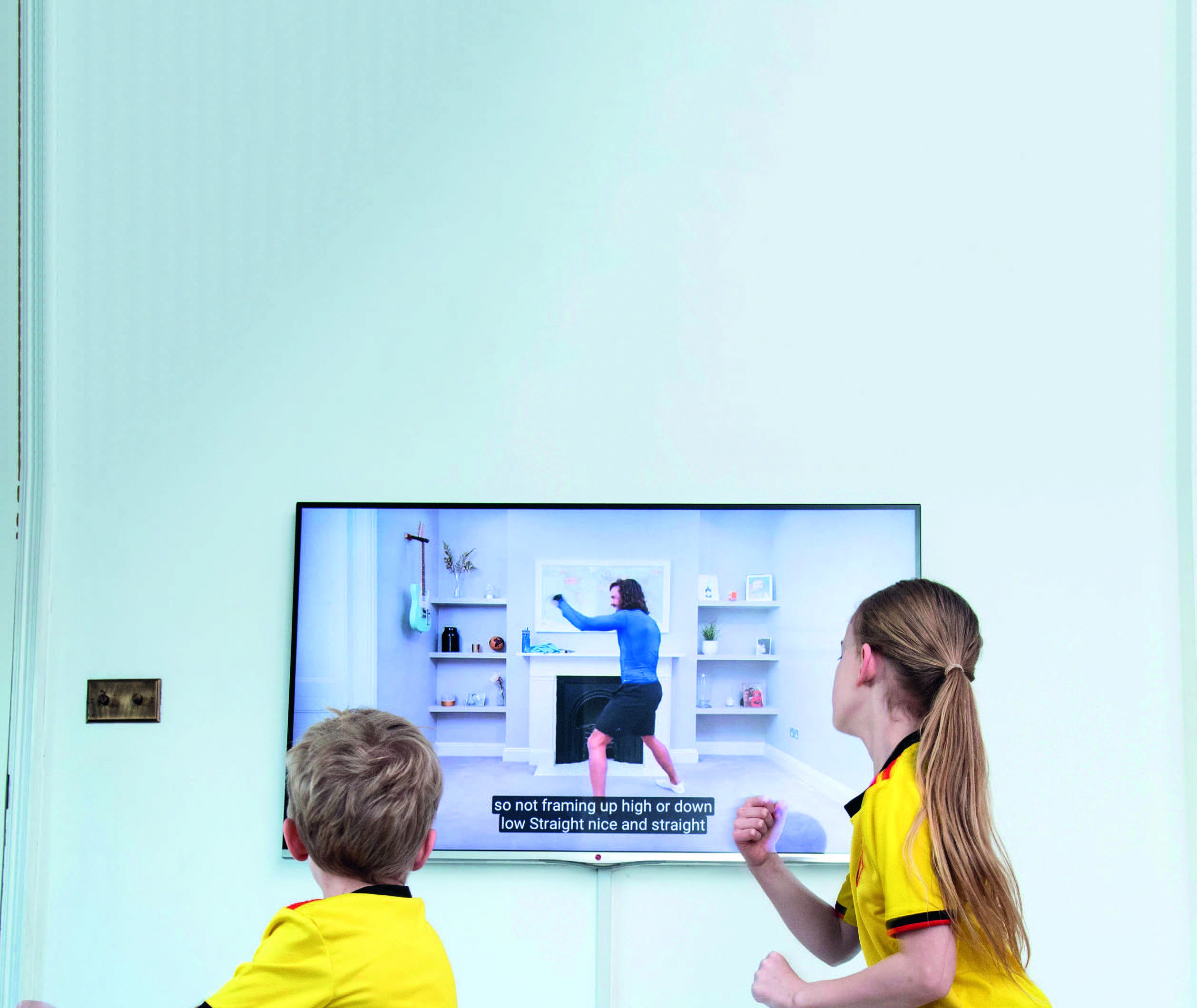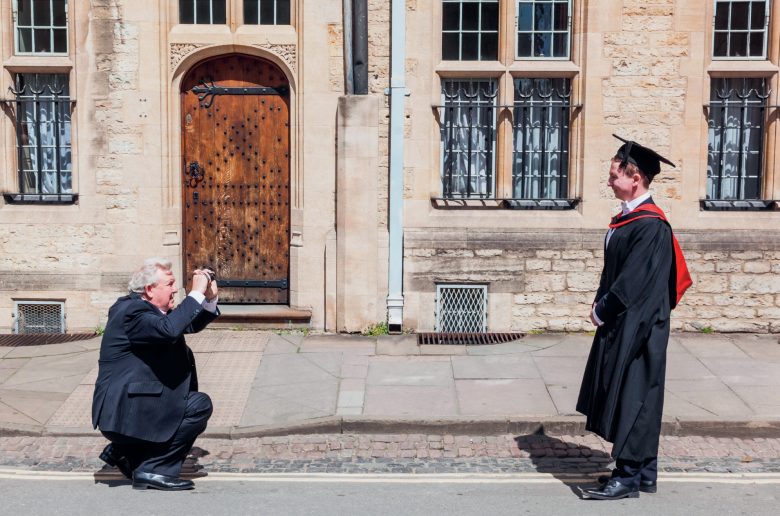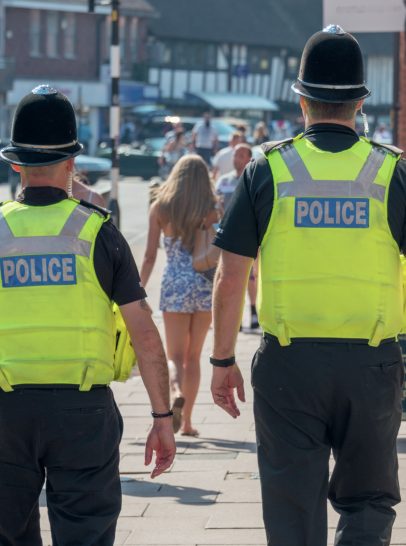
Despite the many educational reforms and initiatives that have occurred in the postwar years, the fact remains that there is still a considerable attainment gap between disadvantaged children and their more advantaged peers. The Department for Education (DfE) classes a disadvantaged pupil as one having been eligible for free school meals (FSM) within the 5 years prior to sitting their GCSE exams, or someone who has been in care or adopted from care. One in four pupils at state schools are classed as disadvantaged.
Even before the disruption to education caused by the pandemic, a DfE breakdown of the 2019 GCSE results showed that the attainment gap between disadvantaged pupils and others had widened for the second year in a row. The figures are stark. The Education Policy Institute found that in 2019 disadvantaged pupils were 18.1 months behind their peers by the time they reached their GCSE exams. This average concealed large regional differences. In Blackpool, for example, the gap was 26.3 months, compared to 0.5 months in the London borough of Westminster. Nationally, the average gap at primary school was already 9.3 months, an increase for the first time since 2007.
Your organisation does not have access to this article.
Sign up today to give your students the edge they need to achieve their best grades with subject expertise
Subscribe




